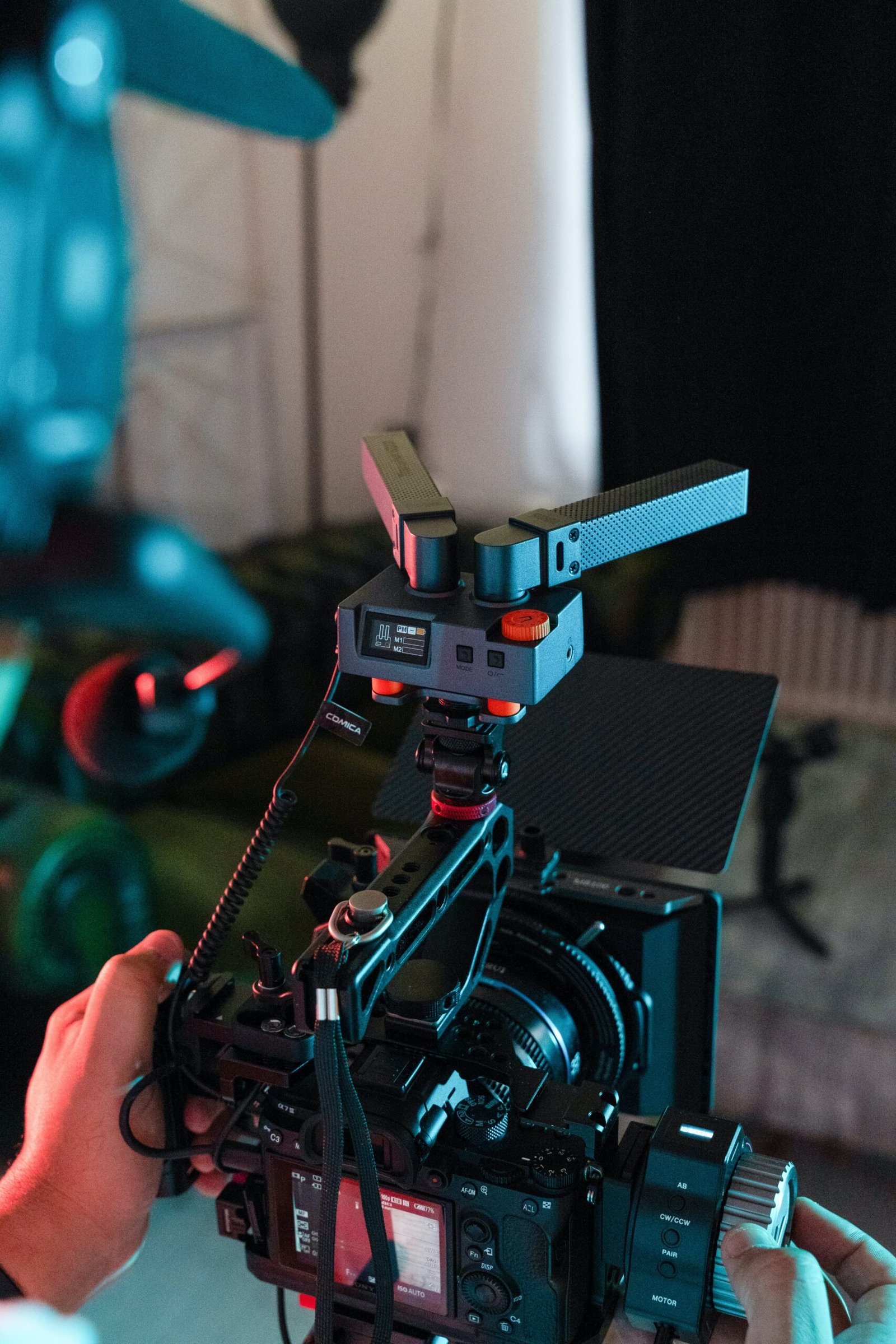In the ever-evolving world of robotics, one crucial player takes center stage: Artificial Intelligence (AI). AI serves as the powerhouse behind the advancements and capabilities of robots, enabling them to perform tasks with astonishing precision and efficiency. From revolutionizing industries to transforming daily life, AI plays an integral role in the realm of robotics by enhancing their problem-solving abilities, enabling learning and adaptation, and ultimately shaping the future of automation. Let’s explore the intricate relationship between AI and robotics, and uncover the endless possibilities that await us in this dynamic field.
Perception
Perception is a crucial aspect of robotics, as it allows the robot to understand and interpret the environment in which it operates. Visual perception involves the use of cameras and sensors to capture and analyze visual data, enabling the robot to recognize objects, detect obstacles, and navigate its surroundings. Sensor fusion combines data from multiple sensors, such as cameras, lidar, and radar, to form a more comprehensive and accurate perception of the environment. By integrating these technologies, robots can perceive and interpret the world around them with greater accuracy and efficiency.
Localization and Mapping
Localization and mapping are essential for robots to navigate and operate in complex environments. Simultaneous Localization and Mapping (SLAM) is a technique that allows the robot to simultaneously create a map of its surroundings and determine its own position within that map. This is achieved by combining sensor data, such as visual and depth information, with advanced algorithms. Sensor fusion plays a significant role in localization, as it combines data from various sources to accurately determine the robot’s position and orientation.

This image is property of images.pexels.com.
Motion Planning
Motion planning involves determining the optimal path and trajectory for a robot to follow in order to successfully complete a task. Path planning focuses on finding the best route for the robot to take from its current position to its goal, taking into account obstacles and constraints in the environment. Obstacle avoidance is another critical aspect of motion planning, as it enables the robot to navigate around objects without colliding with them. Trajectory generation involves planning the robot’s movement over time, considering factors such as speed, acceleration, and dynamics. These techniques allow robots to move efficiently and safely in their environment.
Manipulation
Manipulation refers to the ability of a robot to interact with and manipulate objects. Grasping and dexterity are essential skills for a robot to successfully handle and manipulate different objects. Object recognition and manipulation are necessary for the robot to identify and understand the properties of an object, enabling it to manipulate it accordingly. Force control is also crucial in manipulation tasks, as it allows the robot to apply the appropriate amount of force while interacting with objects, ensuring a secure grip and avoiding damage.

This image is property of images.pexels.com.
Human-Robot Interaction
Human-Robot Interaction (HRI) focuses on enabling robots to effectively interact and communicate with humans. Speech recognition and natural language processing technologies allow robots to understand and respond to verbal commands, making it easier for humans to interact and communicate with them. Gesture recognition is another aspect of HRI, enabling robots to interpret and respond to human gestures and body language. Emotion recognition is a growing area of research, aiming to make robots more aware of human emotions and respond accordingly, enhancing their ability to engage in meaningful interactions with humans.
Machine Learning for Robotics
Machine learning plays a vital role in robotics, allowing robots to learn from their experiences and improve their performance over time. Supervised learning involves training a robot using labeled data, enabling it to recognize and classify objects, understand speech, or perform other tasks. Unsupervised learning allows robots to learn patterns and structures in data without explicit labels, fostering their ability to detect anomalies, segment objects, or cluster similar data. Reinforcement learning involves training robots through rewards and punishment, enabling them to learn how to maximize their performance in specific tasks. Transfer learning allows robots to apply knowledge learned in one domain to another domain, accelerating their learning process and improving their overall performance.

This image is property of images.pexels.com.
Feature Extraction and Representation
Feature extraction and representation are essential in robotics, as they allow robots to understand and interpret the information captured by their sensors. Object recognition involves identifying and categorizing objects in the robot’s environment, enabling it to interact with them appropriately. Scene understanding focuses on interpreting the overall context and structure of a scene, aiding the robot in understanding its environment more comprehensively. Semantic segmentation is the process of dividing an image into semantic regions, assigning semantic labels to each segmented region. This technique enables robots to perceive and interpret scenes more accurately, leading to improved decision-making and interaction capabilities.
Decision Making
Decision making is a fundamental aspect of robotics, as it allows robots to determine the best course of action in a given situation. Planning and control involve generating a sequence of actions for the robot to follow to achieve a specific goal. Reasoning and inference provide robots with the ability to analyze and interpret information, allowing them to make informed decisions based on available data. These capabilities are essential for robots to navigate, manipulate objects, and interact with their environment effectively.
Sensors and Actuators
Sensors and actuators are the physical components that enable a robot to interact with its environment. Sensors in robotics include cameras, lidar, radar, and various other sensors that capture data about the environment. Actuators, on the other hand, are the mechanisms that allow the robot to move and perform actions, such as motors, servos, and pneumatic systems. The integration of sensors and actuators enables robots to perceive the environment, interpret data, and physically interact with objects and the world around them.
Applications of AI in Robotics
The applications of AI in robotics are vast and continue to expand across various industries. In industrial automation, robots equipped with AI capabilities can perform repetitive tasks with high precision, efficiency, and speed, resulting in increased productivity and reduced human error. In agriculture, AI-powered robots can assist in tasks such as planting, harvesting, and monitoring crop health, optimizing agricultural processes and improving yields. In healthcare, robots can be utilized in surgical procedures, patient care, and rehabilitation, aiding medical professionals and enhancing patient outcomes. In space exploration, AI-enabled robots can be deployed to conduct research and exploration in environments where human presence may be difficult or dangerous.
In conclusion, AI plays a crucial role in robotics, enabling robots to perceive, understand, and interact with their environment in a meaningful and efficient manner. From visual perception and sensor fusion to decision making and human-robot interaction, AI empowers robots with the capabilities required to navigate complex environments, manipulate objects, and interact with humans. With the continued advancements in AI technologies, the potential applications of robotics in various industries will continue to expand, revolutionizing the way we live, work, and interact with machines.
